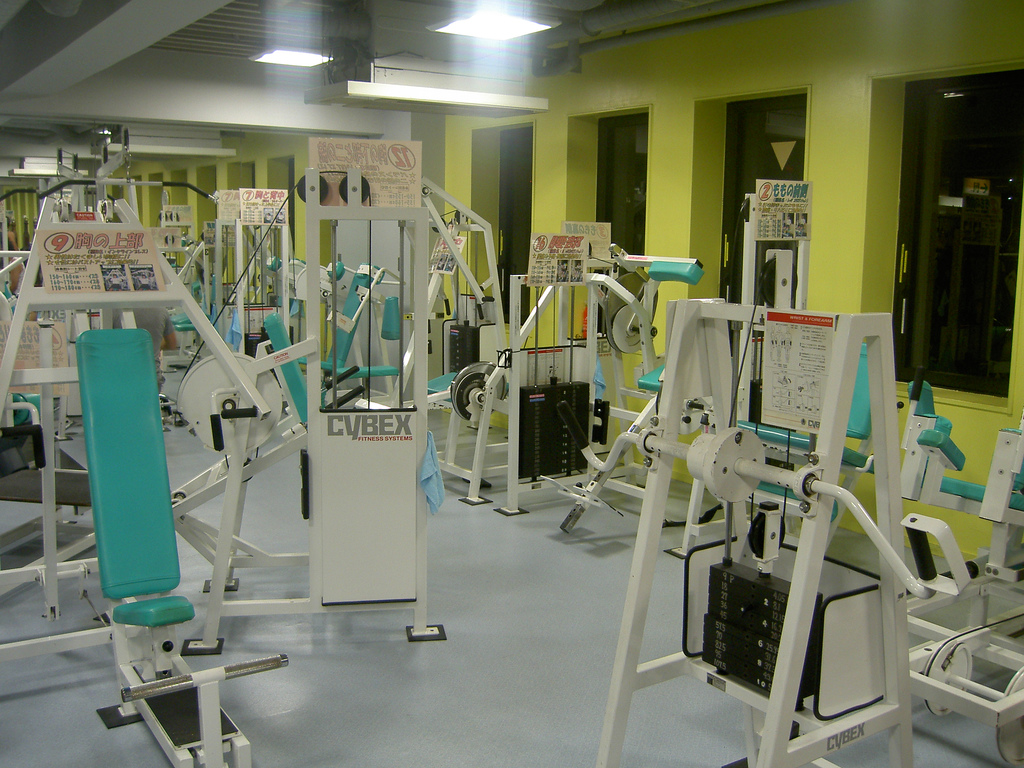In simple terms, electrochromic materials are capable of changing their coloration and transparency to things like solar radiation when they’re exposed to an electric field. Once you take the electric field out of the system, these new materials should be able to return to their initial state.
Perhaps the most famous example of these new materials are those that can be seen, quite literally, in electrochromic sunglasses; they’re “special” in a sense that their lenses have electrochromic material on them, which can then be darkened on demand.
In truth, these materials can easily let some visible light through with its inherent technologies. Of course, doing this is by no means an easy task. Current electrochromic materials involve two thin electrode plates serving as “bread” to an electrochromic “sandwich;” spread between the two electrodes is an electrically responsive material, which forms the functional aspect of the whole thing.
Problem is, the setup is functionally inadequate to allow the pass-through of radiative heat from the Sun. After all, addressing these issues could open new avenues for the burgeoning technology as part of our increasingly-imminent future of “smart” buildings, as evidenced by studies into cooling buildings via salt solutions and easing up on electric bills by using the power of the house inhabitants’ footsteps.
It is thus important for scientists to think of ways to improve these technologies that allow both visible light and radiative heat to pass through—a feat that may now be made possible due to new developments in the field published in the journal ACS Energy Letters. The effort was led by Po-Chun Hsu, assistant professor of mechanical engineering at the Thomas Lord Department of Mechanical Engineering and Materials Science, Duke University.
Said Hsu in a statement to Duke’s Pratt School of Engineering news website: “We have demonstrated the very first electrochromic device that can switch between solar heating and radiative cooling. Our electrochromic tuning method does not have any moving parts and is continuously tunable.”
The obstacles start with the search for applicable electrically-conductive materials, as transparency to visible light and radiative heat are often competing properties in compatible materials like polymers and metals. Hsu and team figured out a workaround, though: they simply made their own, and they sought for the help of plasmonics to do it.
Plasmonics involves the manipulation, generation, and detection of signals at optical frequencies in nanometer-scale interfaces. In the case of Hsu and team, they made use of metal nanoparticles suspended in a liquid electrolyte. For the two thin electrodes, the research team used sheets of graphene topped with a gold grid. The gold acts as a sort-of electron “highway,” helping to shuttle electrons to and from its surroundings.
Once an electric field is applied to the material, the metal nanoparticles pool and stick to the top electrode, blocking out visible light and radiative heat by reflecting them back to the outside—essentially its cooling mode. Once the flow of electrons is reversed, the nanoparticles return to the electrolyte solution, rendering the entire electrochromic material roughly transparent again, letting both light and heat pass through—thus, its heating mode.
At the time of publication, Hsu and team’s work took roughly two (2) minutes to transition between its darkened and transparent state. “The device would spend many hours in one state or the other out in the real world, so losing a couple minutes of efficiency during the transition is just a drop in the bucket,” said Hsu.
The next steps for Hsu and team include increasing the efficiency of their entire setup, as the current technology experiences an efficiency drop after a few dozen use cycles. They also hope to improve the novel technology’s solar reflectivity while in cooling mode. They also hope to see a potential future for their material as coatings in future buildings, to help them heat up and cool down without adding much to the building’s electrical usage.
“I can envision this sort of technology forming a sort of envelope or facade for buildings to passively heat and cool them, greatly reducing the amount of energy our HVAC [heating, ventilation and air conditioning] systems have to consume,” said Hsu in a statement to news source EurekAlert!. “I’m confident in this work and think its future direction is very promising.”
References
- Coxworth, B. (2021, October 27). Electrochromic material could help buildings heat up and cool down. New Atlas. https://newatlas.com/science/electrochromic-material-heat-cool-buildings/
- Duke University. (2021, October 26). Smart material switches between heating and cooling in minutes. EurekAlert! https://www.eurekalert.org/news-releases/932831
- Electrochromic material—An overview | sciencedirect topics. (n.d.). Retrieved November 3, 2021, from https://www.sciencedirect.com/topics/chemistry/electrochromic-material
- Kingery, K. (2021, October 28). Smart material switches between heating and cooling in minutes. Duke Pratt School of Engineering. https://pratt.duke.edu/about/news/smart-material-switches-between-heating-and-cooling-minutes
- Rao, Y., Dai, J., Sui, C., Lai, Y.-T., Li, Z., Fang, H., Li, X., Li, W., & Hsu, P.-C. (2021). Ultra-wideband transparent conductive electrode for electrochromic synergistic solar and radiative heat management. ACS Energy Letters, 3906–3915. https://doi.org/10.1021/acsenergylett.1c01486











